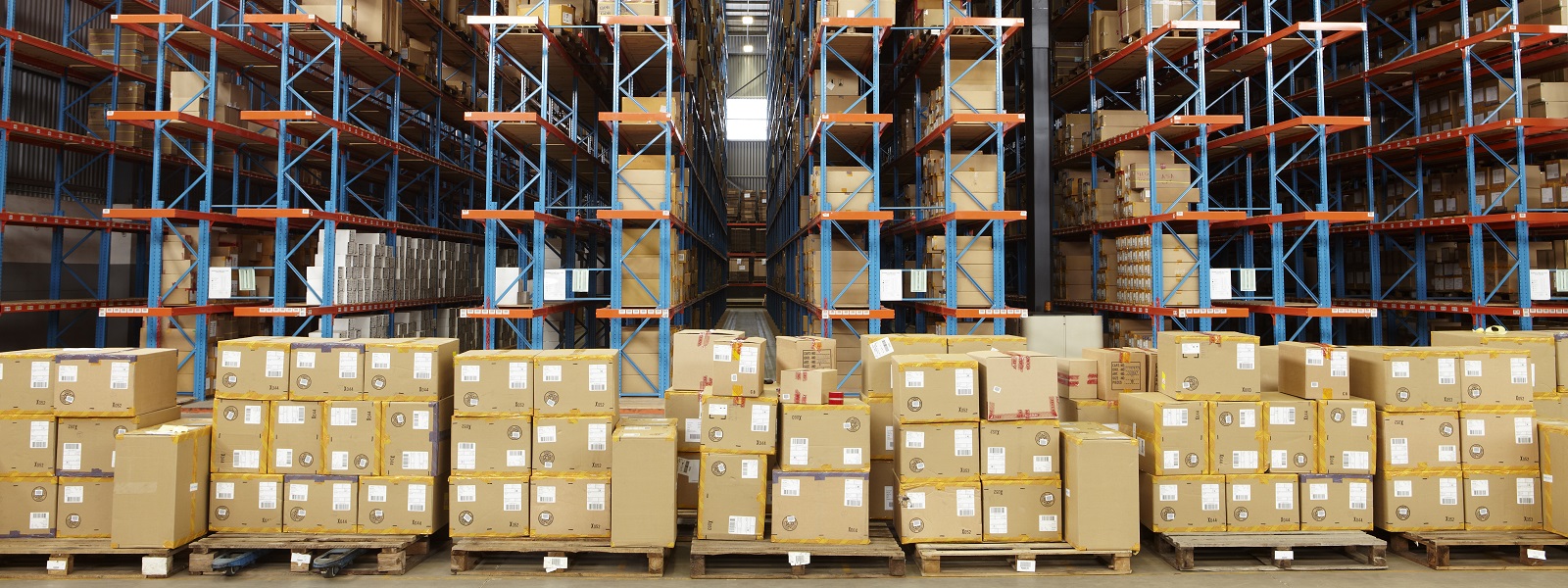Last year was nothing short of a rollercoaster ride for the SPAC market. While SPACs have long been a feature of financial markets, 2021 began with explosive growth in new listings, followed by a rapid cool-off in the second half of the year.
Things came to a boil early in the year in the SPAC IPO market, led by vigorous US issuance. There were 314 SPAC IPOs in Q1 2021, more than in any previous annual volume. Combined, these offerings raised a colossal US$100.3 billion, again more than any previous full-year figure, according to data from Dealogic.
In April, the market for both SPAC IPOs and M&A deals paused when certain Securities and Exchange Commission (SEC) officials released a statement on accounting and reporting considerations for warrants issued by SPACs, challenging the treatment by SPACs of their warrants as equity rather than liabilities. While no market participants considered this to be a material issue, nonetheless it took several weeks for SPACs to determine whether they needed to revise or restate their previously issued financial statements and make the necessary SEC filings, and for new SPACs to obtain the necessary valuations to treat the warrants as liabilities.
Consequently, Q2 saw only 83 IPOs worth US$17.9 billion, a nearly 74% fall in volume and more than 82% decline in value compared with the previous quarter. Things picked up over the second half of the year, but nothing close to Q1's rush of activity. All told, 2021 saw 679 SPAC IPOs globally worth a combined US$172.2 billion.
De-SPAC business combinations
With a record amount of capital on hand, not only from the unprecedented IPOs activity in Q1 but also from IPOs in 2020, SPAC M&A activity also reached record highs.
There were 302 de-SPAC deals throughout 2021 with US$622.9 billion invested, a year-on-year gain of 152% and 182%, respectively. The gains are all the more remarkable for coming off the back of previous all-time highs set in 2020.
Some acquisitions were immense. The largest saw Altimeter Growth Corp. combine with Grab Holdings, Southeast Asia’s largest ride-hailing and delivery company, raising gross proceeds of US$4.5 billion and giving Grab an initial value of nearly US$40 billion in the largest-ever US public market debut by a Southeast Asian company.
Grab was in good company, with a number of other de-SPACs in the double-digit billion territory. These included Gores Guggenheim Inc.'s US$20 billion merger with electric-vehicle maker Polestar Performance, and Soaring Eagle Acquisition Corp's US$16.6 billion merger with Ginkgo Bioworks, a platform for cell programming founded by a group of MIT scientists, which values Ginkgo at US$15 billion pre-money equity valuation and is expected to provide up to US$2.5 billion of primary proceeds.
Regulatory developments
Given the mass interest in these financial vehicles among investors, a number of jurisdictions updated their listing rules to welcome SPAC activity.
The most recent update came from Hong Kong, which in December laid certain ground rules and minimum eligibility requirements for listings. These include SPACs meeting certain financial criteria and board expertise, such as experience managing assets with an average collective value of at least HK$8 billion for at least three consecutive financial years.
The Hong Kong regulator also requires that at least 75% of the shares and warrants in a SPAC be held by institutional rather than retail investors. This followed the introduction of new rules on SPAC listings in the likes of Singapore and the UK in 2021.
Hong Kong clearly has the interests of retail investors in mind, a sentiment that US SEC chairman Gary Gensler shares. Last month, he issued a statement raising a number of disclosure and other concerns regarding SPACs, including questioning whether de-SPAC transactions should be regulated in the same manner as IPOs, and stating that he asked the SEC staff to consider a number of other issues. Gensler and other SEC officials also issued other guidance and pronouncements regarding SPACs, mentioning in particular the risks of China-based SPACs.
PIPE (market) down and funding alternatives
Many SPACs that entered into de-SPAC transactions in 2020 and 2021 obtained additional cash from institutional investors in a private investment in public equity (PIPE). A sizable PIPE investment is considered a validation of the deal, and can help to minimize redemptions from retail investors when they weigh up the attractiveness of the merger.
Over the course of 2021, trading prices of post-SPAC companies were volatile, and as the year wore on, more and more declined from the IPO price. Consequently, PIPE tranches steadily trended downwards. In Q1, 17% of a SPAC's shares and warranties were held by PIPE investors. By Q3, this had slipped to 12%.
But redemptions increased. Investors who participate in a SPAC IPO, when the initial money is raised, are essentially given a money-back guarantee. If they don't like the deal finally decided upon, they can redeem their shares for cash. With these redemptions rising and PIPEs decreasing, SPAC sponsors had no choice but to get creative.
Solutions varied across the board, but included bringing in institutional investors as backstops to agree to purchasing any shares that might be redeemed, as seen with Seaport Global Acquisition's purchase of movie rental company Redbox.
Another solution saw Cerberus Telecom Acquisition and its deal target KORE Wireless issue a US$120 million convertible bond to cover the minimum cash condition on the merger, which ended up being drawn, successfully closing the transaction. These backstops have been highly innovative, and speak to the ability of SPAC sponsors to pivot when necessary.
Outlook
All in all, 2021 was an exciting time in the SPAC market. It is doubtful the SEC would have taken such a keen interest had the SPAC IPO market not exploded in the US as it did. Similarly, new regimes would not be emerging if SPACs were not in high demand.
With so many SPACs on the hunt for deals, continued market volatility and the ongoing SEC review of SPACs, 2022 has begun with subdued volume of SPAC IPOs. With newer de-SPAC deals being priced to take into account market realities, and sophisticated SPAC sponsors and other market participants working on creative deal-financing solutions, many observers are confident that the market will get back on track as the year wears on. But it may be some time before we see another quarter to rival Q1 2021, and that may be a good thing for the future stability of the SPAC market.





